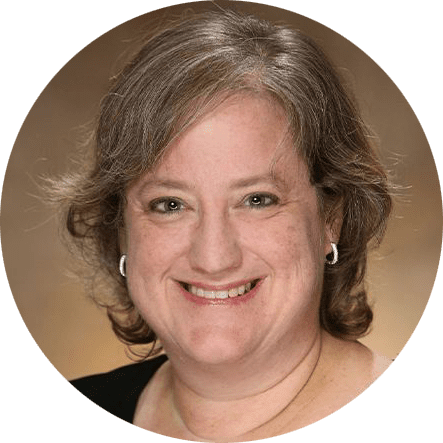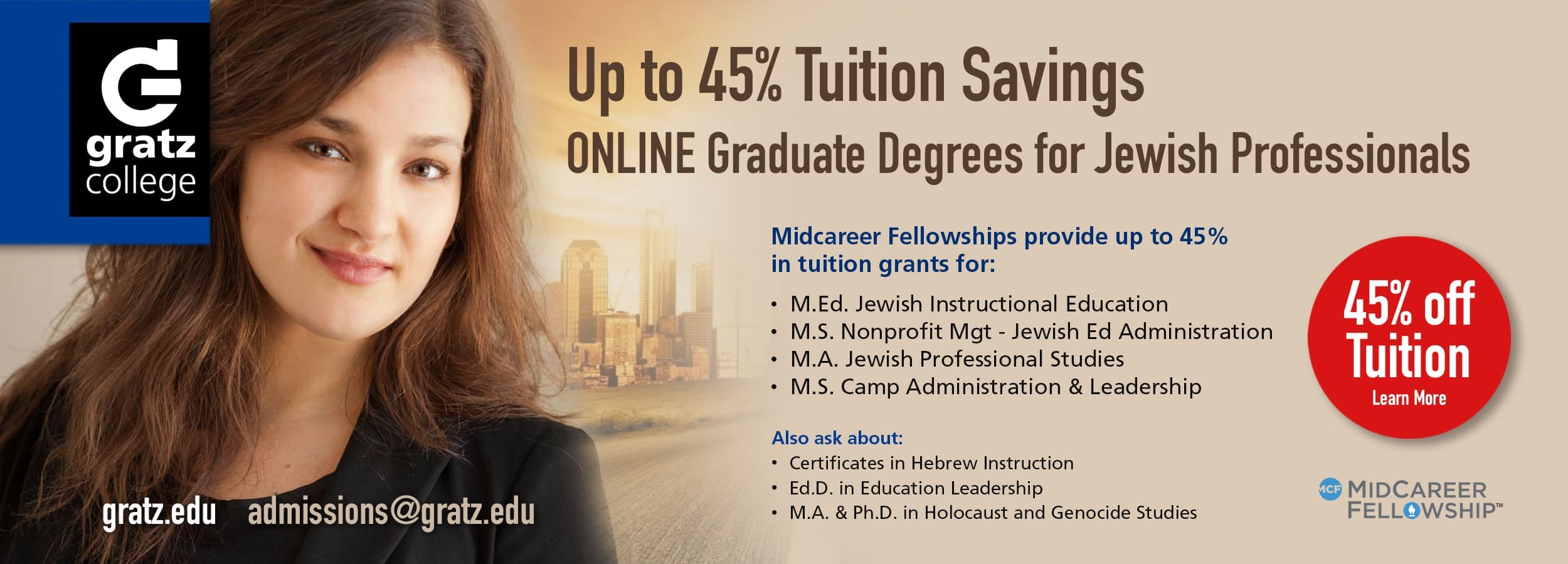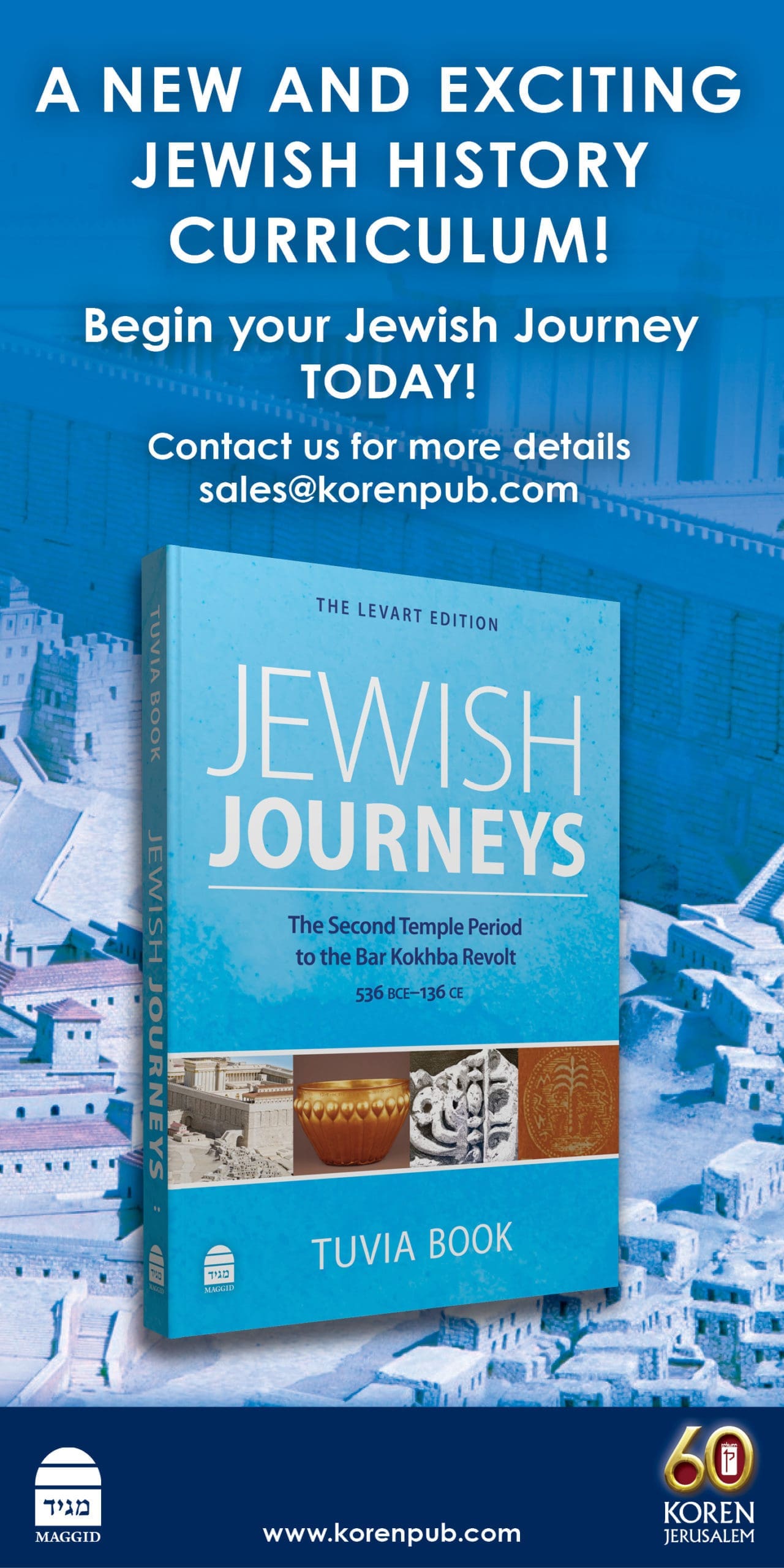In almost every era, the Jewish people have struggled with how to best blend Jewish culture with the majority culture. By using this history as a model, my colleagues and I strive to create experiences for our high school students that give them tools to develop their own Jewish identity. We do not teach students what that Jewish identity is, rather we guide them to find their own way as they grow into curious and independent Jewish adults. We focus on exploring the choices and experiences of Jews from the past so that our students see themselves in both the continuity of Jewish life and in the changes that Jews have made to their identity as Jews and to Judaism itself over time.
Over the course of eighteen years in the classroom, my students taught me that they need more than the Jewish historical record. Even when I have convinced them that evidence is important, they need to know why they should care about Jewish history and collective memory in their contemporary world. Exploring Jewish history and collective memory in the classroom grants students the permission to see diversity, to choose which variety of Judaism they connect with, and to build their own, individual Jewish identities as they grow toward adulthood. In the university setting, “doing history” requires rigorous analysis of primary and secondary materials, alongside an examination of assumptions, legends, and traditions so as not to assign historical value to ideas and events without evidence. In contrast, the high school classroom makes it possible to discuss those assumptions, legends, and traditions on a personal level and outside the scope of the social sciences. In doing so, the Jewish day school classroom becomes an integrated exploration of academic Jewish history, context, collective memory, and identity. Hence, “doing Jewish history” in a day school means that students learn about Jews in the past and the present, developing a sense of the difference between collective memory and history. This all contributes to the evolution of their individual Jewish identity.
Here I offer three examples of lessons that encourage students to think about different expressions of Judaism and Jewish life in the ancient, medieval, and modern periods. Once students understand the context, it is then possible to talk with them about collective memory, making connections to Jewish choices in the past and in the present. Each of these lessons offers rigorous historical study alongside an exploration of how Jews both reinforced collective memory through ritual, and at other times, layered this memory with change.
Our students begin their study of ancient Jewish History with the destruction of Solomon’s Temple and the Babylonian exile. We discuss how history can be made sacred through the establishment of holidays such as Tisha BeAv, the Fast of Gedalia, and Hanuka around the memory of historical events, after which we head directly into figuring out what Jewish life was like during the first Babylonian exile.
Students then embark on an “archeological dig” in Iraq (ancient Babylonia) by creating artifacts that reflect something specific about Jewish life in the Babylonian exile. Each student must unpack what Jewish life looked like in that time period by studying biblical texts, reading scholarly excerpts, and viewing the “Jerusalem in Babylonia” virtual exhibit at the Bible Lands Museum in Jerusalem. Then they construct an artifact that could possibly be found in an archeological dig. After learning from experts in the field of ancient history, the students apply what they now know about Jews in the Babylonian exile to an object, reinforcing their sense that these people had real lives and experienced some of the same challenges that we do today.
Students express surprise when they discover that there is no historical evidence that the Jews suffered in the Babylonian exile once they settled into their lives there. In fact, as students read the sources, they see that the Jews in Babylonia, like their own families, grappled both with how to mix a majority culture (in this case Babylonian culture) with Jewish culture while maintaining their own distinct identity. For example, they notice that while some Jews in Babylonia had Babylonian names others had Jewish names. In a one-page essay or explanation of their artifact, students are able to identify this phenomenon as acculturation or assimilation as well as internalize the idea that there are many ways that Jews expressed Jewish identity even in the ancient world. This is a theme that will occur over and over again as we encounter the Maccabees, the Sectarians of the first century CE, the Jews of Spain, and the classical reformers in the modern period, among others.
Muslim Spain provides the subject matter for a second opportunity to connect the Jewish past with the Jewish present, thereby impacting students’ ability to express their own Jewish identity as well as giving them the permission to do so. Students learn about parties in the streets of Andalusia, cultural exchanges of literature and art in the form of Arabic and Hebrew poetry, and illuminated manuscripts. Through each of these examples, the students come to understand that a Jew in diverse places and times maintained Jewish tradition by expressing Jewish values, such as love of learning, mutual benevolence, and halakhic observance. Personalities such as Hasdai ibn Shaprut, Isaac ben Jacob Alfasi, Samuel ibn Nagrela, and Yehuda Halevi are highlighted by learning about their successes in Muslim society, their learning, and their benevolence toward their own Jewish community. Students internalize these ideas by producing short skits in which they must apply what they learned as they internalize the idea that just as the combination of Arab and Jewish culture was not necessarily problematic in the Jewish world of Muslim Spain, the blending of the majority culture with Jewish culture in their lives need not be problematic.
In addition to these examples of ancient and medieval Jewish history, the modern period offers numerous opportunities to deliberately weave more recent perspectives into the consciousness of our Jewish teens. Students study primary and secondary material about developing Jewish ideologies in Germany during the 19th century, including the Hamburg Temple and other early grassroots religious reforms. We assign each student a denomination and facilitate a simulation during which students speak in the first person from their historical perspective. In preparation for this, students must write a character study, complete with children, careers, and Jewish practices, that apply their knowledge of what would be historically accurate for members of the assigned denomination. This prepares the students for their final challenge in the unit—to construct a school, ideologically and practically, through discussions about what will be taught, who will do the teaching, how students and faculty will pray, what kind of food will be served, and other issues that highlight the diversity of 19th-century Jewish thought ranging from Neo-Orthodoxy to Wissenschaft des Judentums (which the students readily identify as the precursor to their Jewish History classes!). Through this simulation, students realize that bringing together different expressions of Judaism is challenging and sometimes impossible, yet we continue to do it today as others did in the past.
These are just three examples from which students recognize and experience historical models of Jewish life, and there are many others. Study of Jewish life in Bordeaux, the Ottoman Empire, North Africa, or Recife provides exposure to the men and women (thank you, Dona Gracia Mendes!) of both the Sephardic and Ashkenazic Diasporas, revealing how Jews successfully acculturated, blending the majority culture and maintaining a distinct minority culture. This grants our students the permission to identify themselves as valid members of the Jewish community without restricting their primary identifier to halakhic observance.
Today’s high school students live in a multicultural society, especially those who live in or near a metropolitan area, yet each individual develops their own identity from their own individual experiences. The historical lens helps them to understand that change over time is a constant in Jewish life, that they are not the only Jews to make choices that might conflict with and/or complement Jewish experiences, and that their own experiences as Jews are as genuine as those who lived before them.

Sara Karesh Coxe teaches high school Jewish History at the Charles E. Smith Jewish Day School (Rockville, MD). Trained at JTS and UC, Santa Barbara in the study of religion, Dr. Coxe teaches Ancient and Medieval Jewish History, Modern Jewish History, and Comparative Religion.
Reach 10,000 Jewish educational professionals. Advertise in the upcoming issue of Jewish Educational Leadership.







